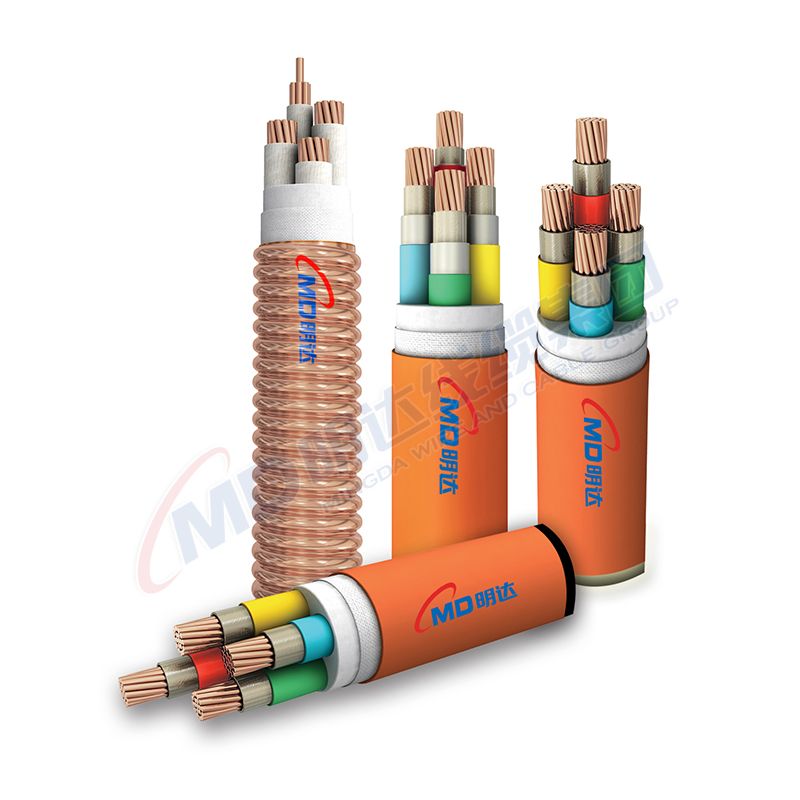12 月 . 06, 2024 18:16 Back to list
double plate check valve
Understanding Double Plate Check Valves
In the realm of fluid control and management, check valves play an essential role in ensuring the proper flow direction of liquids and gases. Among the various types available, the double plate check valve stands out due to its unique design and efficiency. This article will delve into what double plate check valves are, their operation, advantages, applications, and considerations when selecting one for your system.
What is a Double Plate Check Valve?
A double plate check valve, also known as a dual flap check valve, consists of two identical plates or flaps mounted on a hinge mechanism. Unlike traditional swing check valves that pivot on a single axis, the double plate design allows for quicker response times and reduced backflow. This construction not only minimizes the footprint of the valve but also contributes to lower pressure drop across the system, making it an attractive choice for a variety of applications.
How Does It Operate?
The operation of a double plate check valve is straightforward yet highly effective. When fluid flows in the forward direction, the pressure forces the plates apart, allowing smooth passage for the medium. In the event of a reverse flow, the plates are pushed back to a closed position due to the force of gravity or the back pressure of the fluid, sealing the valve and preventing reverse flow. This mechanism ensures that fluid travels in one direction only, which is crucial for maintaining system integrity and preventing potential damage.
Advantages of Double Plate Check Valves
1. Compact Design One of the chief benefits of double plate check valves is their compact size. They are lighter and require less space than their traditional counterparts, which is advantageous in installations with limited space.
2. Reduced Pressure Drop The streamlined design of double plate check valves allows for greater flow efficiency, thereby lowering the pressure drop across the valve. This characteristic is particularly important in piping systems where maintaining system pressure is critical.
3. Faster Response The dual flap operation provides a quicker reaction to changes in flow direction. This rapid response time is particularly important in applications where flow reversal can occur suddenly and needs to be mitigated immediately.
4. Versatility Double plate check valves are suitable for a wide range of applications, including water and wastewater treatment, chemical processing, oil and gas, and HVAC systems. Their robust design can handle various media types and pressures, making them versatile components in industrial applications.
double plate check valve

5. Reduced Maintenance With fewer moving parts than traditional check valves, double plate check valves typically require less maintenance and have a longer operational lifespan, thus reducing overall operational costs.
Applications
Double plate check valves are commonly used in numerous industries. They are essential in water distribution systems, where they prevent backflow that could contaminate supply. In the oil and gas industry, these valves help manage the flow of hydrocarbons, ensuring safety by preventing reverse flow during process changes. Additionally, in HVAC systems, they control the flow of chilled and hot water, optimizing energy efficiency and system performance.
Considerations When Selecting a Double Plate Check Valve
When choosing a double plate check valve, several factors must be considered
- Material Construction Depending on the application, the valve materials should be resistant to corrosion, temperature extremes, and the type of fluid being handled (e.g., chemicals, hydrocarbons, water).
- Pressure and Temperature Ratings Ensure the valve can withstand the maximum pressure and temperature conditions of your system.
- Size and Flow Requirements The valve size should correspond to the pipe size and the expected flow characteristics to ensure optimal performance.
- Installation Orientation While double plate check valves are versatile, the installation orientation may affect performance. It is crucial to follow manufacturer recommendations for proper installation.
Conclusion
Double plate check valves are integral components in modern piping systems, offering efficient and reliable fluid flow management. Their compact design, reduced pressure drop, and versatility make them a popular choice across various industries. By understanding their operation and advantages, as well as the factors to consider when selecting them, engineers can ensure optimal performance and longevity in their systems. Whether in oil and gas, water treatment, or HVAC applications, double plate check valves provide a reliable solution for preventing backflow and maintaining system integrity.
Share
-
Understanding the Differences Between Wafer Type Butterfly Valve and Lugged Butterfly ValveNewsOct.25,2024
-
The Efficiency of Wafer Type Butterfly Valve and Lugged Butterfly ValveNewsOct.25,2024
-
The Ultimate Guide to Industrial Swing Check Valve: Performance, Installation, and MaintenanceNewsOct.25,2024
-
Superior Performance with Industrial Swing Check Valve: The Essential Valve for Any SystemNewsOct.25,2024
-
Industrial Swing Check Valve: The Ideal Solution for Flow ControlNewsOct.25,2024
-
You Need to Know About Industrial Swing Check Valve: Functionality, Scope, and PerformanceNewsOct.25,2024